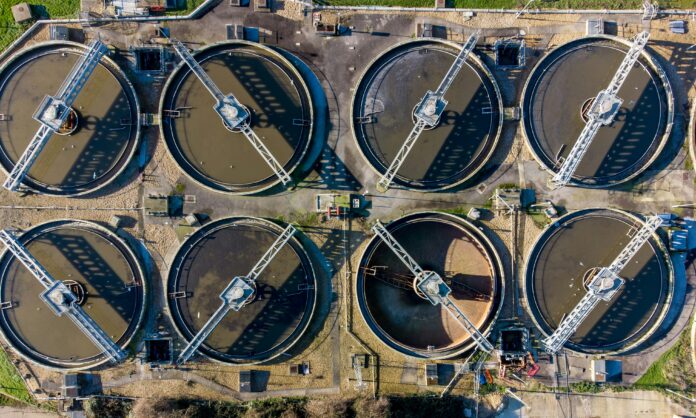Water treatment is a critical aspect of maintaining efficient operations in shipping containers, where limited space and challenging conditions demand innovative solutions.
Shipping vessels require reliable systems to ensure safe and clean water for crew members or cargo processes during long voyages. Recent advancements in technology have revolutionized water treatment by making systems more compact, energy-efficient, and smarter.
From advanced filtration techniques to real-time monitoring powered by AI, these breakthroughs are transforming marine water management. Let’s explore some key innovations shaping the future of water treatment aboard shipping containers.
3 Innovations in Water Treatment for Shipping Containers
1. Advanced Reverse Osmosis Systems
Reverse osmosis has become a cornerstone of modern water treatment, especially in the confined and demanding environment of shipping containers. Recent advancements have made these systems more efficient and compact, tailored to tackle the unique challenges faced at sea.
One major improvement lies in the development of high-performance membranes that enhance water filtration without compromising flow rates. These membranes directly impact the role of flux in filtration, ensuring an optimal balance between speed and purity.
Energy recovery technology is also a key feature in newer systems, reducing energy usage while maintaining high output. This makes reverse osmosis not only cost-effective but also sustainable for long-term use aboard ships.
With these updates, advanced reverse osmosis systems are now better equipped to deliver clean water consistently under limited space constraints onboard vessels.
2. Electrochemical Water Purification
Electrochemical water purification is revolutionizing how shipping containers handle onboard water treatment. This innovative method relies on the use of electricity to target and eliminate contaminants like bacteria, viruses, and heavy metals. It’s especially effective for compact environments because it doesn’t require bulky filtration units or excessive chemicals.
One key advantage is its minimal environmental impact. Since it avoids high chemical usage, there’s a reduced risk of harmful wastewater discharge into the oceans. Additionally, the system operates efficiently with low energy consumption, making it suitable for vessels aiming to cut down on operational costs while staying sustainable.
The process offers consistent water quality and can easily integrate into automated systems for hassle-free maintenance. Electrochemical purification is quickly becoming an indispensable solution for clean water aboard shipping vessels.
3. Smart Sensors and AI Integration
Smart sensors and AI are redefining water treatment systems in shipping containers. These technologies enable real-time monitoring of water quality, allowing you to identify potential issues before they become critical. This is very important for consumables like water.
Whether it’s detecting impurities, measuring pH levels, or tracking filtration efficiency, the data collected ensures precise management of onboard water systems.
AI integration doesn’t just monitor – it acts. The system can automatically adjust operations, like optimizing filtration settings or triggering maintenance alerts when needed. This reduces reliance on manual oversight and helps prevent downtime during long voyages.
The combination of smart sensors and AI also enhances efficiency. By analyzing trends over time, it predicts future problems and suggests solutions for better performance. In confined container setups where space is a premium resource, this tech-driven approach streamlines operations while ensuring top-tier water quality at all times.
These Innovations are Changing Water Treatment
The future of water treatment for shipping containers is brimming with potential, and these innovations are only the beginning. Whether you’re in the maritime industry or simply interested in sustainable solutions, staying informed about advancements like these is essential.
By adopting smarter, more efficient technologies, you’re not just improving operational performance – you’re contributing to cleaner oceans and a more sustainable future. Keep exploring ways to integrate these cutting-edge systems into your operations. The time to embrace innovation is now – take the first step toward smarter water management today!







